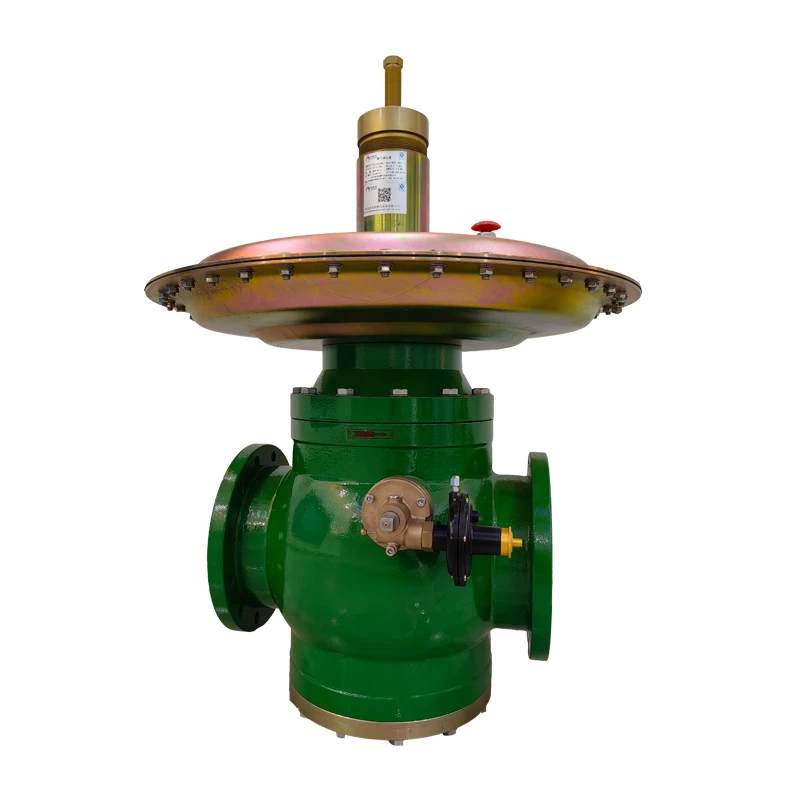
Nov . 24, 2024 01:50
Back to list
Gas Filter Selection Based on Effective Separation Parameters and Performance Criteria
Understanding Gas Filter Separators Principles and Applications
Gas filter separators are essential pieces of equipment employed in various industries, particularly those involving gas processing and oil production. Their primary function is to separate gas from liquids and solids, ensuring that the gas collected is free of impurities and suitable for further processing or transportation. This article delves into the principles behind gas filter separators, their design, and their applications across different sectors.
Working Principle
Gas filter separators operate on the principle of gravity and velocity differences. When a mixture of gas, liquid, and solids enters the separator, the first step involves reducing the velocity to allow the heavier components, such as liquids and particulates, to settle. This process relies on gravity, where denser materials fall to the bottom of the separator.
Additionally, various mechanisms help to enhance the separation process. For instance, the use of baffling systems within the separator can create turbulence, allowing for more efficient separation. The gas rises to the top of the vessel, where it can be collected, while the liquid and solids are constrained at the bottom. Depending on the design, these components can be drained out or pumped away for further treatment.
Design Features
The design of gas filter separators can vary significantly depending on the specific application and the type of gas being processed. However, several common features are found in most designs
1. Inlet Configuration The design usually includes an inlet section where the mixed phase enters the separator. This section is designed to minimize turbulence to ensure smooth flow.
.
3. Outlet Systems Gas exits through a gas outlet, while liquids and solids are diverted to a separate outlet. Some separators also include a level control system to manage the amount of liquid remaining in the separation chamber.
فاصل مرشح الغاز

4. Filtration Unit Some gas filter separators are equipped with additional filtration systems to capture fine particulates that might evade gravity separation.
5. Safety Features Pressure relief valves and shut-off valves are essential for ensuring safety during operation, particularly in high-pressure settings.
Applications
Gas filter separators are widely utilized in various industries, including
- Oil and Gas Production In oil fields, these separators are crucial for treating natural gas by removing water, oil, and solids before the gas is sent for further processing.
- Biogas Plants In biogas production, filter separators help in purifying the generated biogas, ensuring that it meets requisite quality standards before utilization.
- Chemical Processing Industries that deal with complex gas mixtures often utilize gas filter separators to enhance the efficiency of their processes and maintain cleanliness.
- Power Generation In power plants, ensuring that combustion gases are free of impurities can significantly enhance engine efficiency and longevity.
Conclusion
Gas filter separators play a vital role in optimizing the quality of gas products across various industries. By effectively separating gas from liquids and solids, these systems ensure that end products meet quality standards while maximizing operational efficiency. As technology advances, innovations in the design and operation of gas filter separators will likely continue, enhancing their role in industrial applications and fostering more sustainable practices in resource management. Understanding and implementing these systems can, therefore, lead to significant improvements in productivity and environmental stewardship.
Next:
Latest news
-
Safety Valve Spring-Loaded Design Overpressure ProtectionNewsJul.25,2025
-
Precision Voltage Regulator AC5 Accuracy Grade PerformanceNewsJul.25,2025
-
Natural Gas Pressure Regulating Skid Industrial Pipeline ApplicationsNewsJul.25,2025
-
Natural Gas Filter Stainless Steel Mesh Element DesignNewsJul.25,2025
-
Gas Pressure Regulator Valve Direct-Acting Spring-Loaded DesignNewsJul.25,2025
-
Decompression Equipment Multi-Stage Heat Exchange System DesignNewsJul.25,2025

